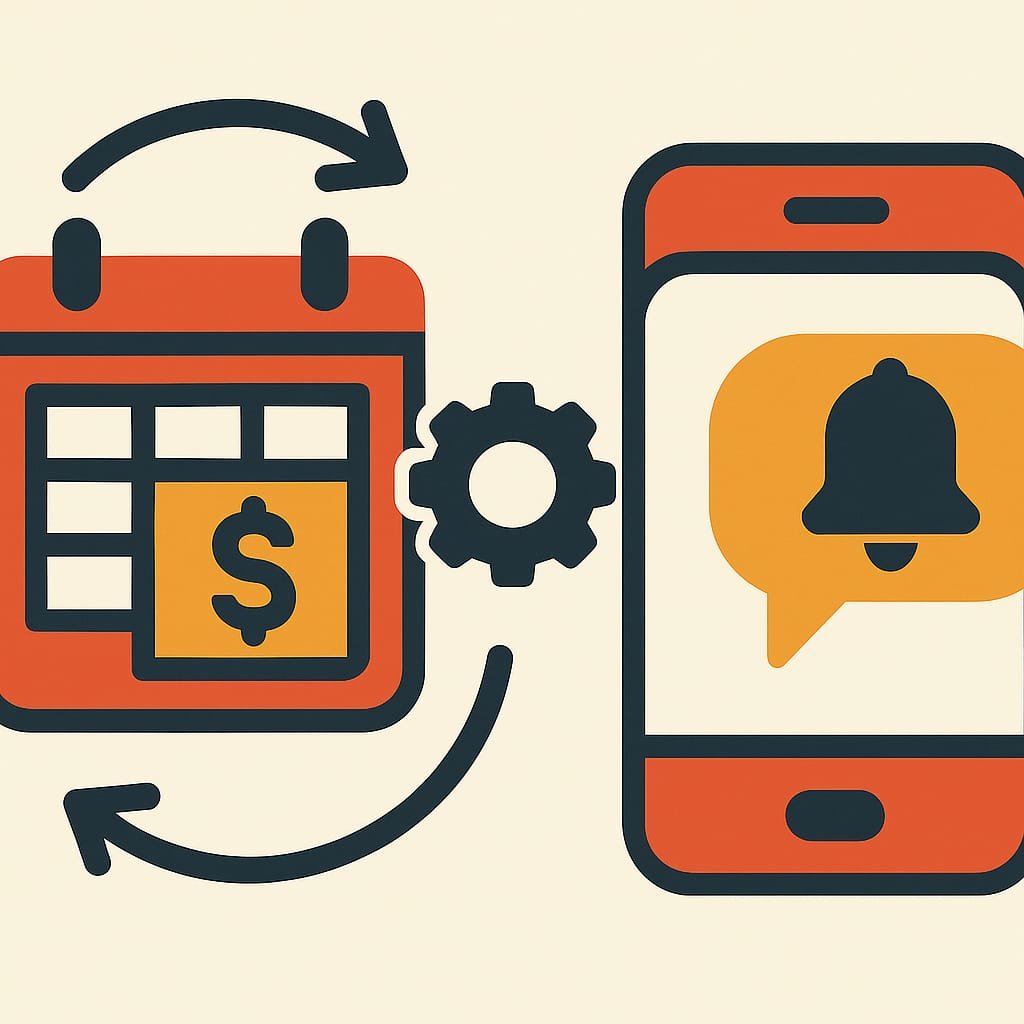As the world moves deeper into the digital age Virtual Cards the way we handle money is evolving faster than ever. From contactless payments to mobile wallets and cryptocurrencies, financial technology is reshaping how we pay for goods and services. Among these innovations, one stands out for its simplicity, security, and versatility: the virtual card. Once considered a niche offering, virtual cards are now quickly gaining mainstream traction. Consumers and businesses alike are beginning to recognize the value of these digital alternatives to traditional plastic cards. In this article, we explore why virtual cards are taking over the payments landscape and what this shift means for the future.
Table of Contents
What Are Virtual Cards?
A virtual card is a digitally generated card number that functions like a standard debit or credit card but exists only in digital form. It comes with a unique 16-digit number, expiration date, and CVV code, just like its physical counterpart. However, instead of being printed on a plastic card, the details are stored securely online or in a mobile app. Virtual cards are typically linked to your existing bank account or credit line and can be used for online shopping, subscriptions, and even mobile wallet payments.
Virtual cards are issued by traditional banks, fintech startups, and corporate expense management platforms. Some cards are single-use, meaning they expire after one transaction, while others are multi-use and can be customized with spending limits and time restrictions. This flexibility makes them ideal for modern digital payment needs.
The Rise of Contactless and Digital Transactions
The COVID-19 pandemic significantly accelerated the global shift to digital and contactless payments. People became more conscious of hygiene, avoiding cash and physical cards in favor of touch-free methods. Mobile wallets like Apple Pay, Google Wallet, and Samsung Pay surged in popularity. In this new normal, virtual cards fit seamlessly into the ecosystem, offering an easy way to manage online payments without the need for a physical card.
According to a 2024 report by Juniper Research, virtual card transactions are expected to exceed $9 trillion globally by 2026. As more consumers prioritize convenience, speed, and security, traditional banking methods are gradually losing ground. Virtual cards represent a logical next step in this digital transformation.
Enhanced Security for the Digital Age
One of the most compelling reasons for the rise of virtual cards is security. Every year, millions of people fall victim to online fraud, data breaches, and identity theft. Virtual cards help mitigate these risks by allowing users to generate card numbers that can be used temporarily or limited to specific merchants.
Because your actual account details are never shared with merchants, even in the event of a breach, the risk of your financial information being exposed is drastically reduced. Many virtual card providers also offer instant freeze or delete options, real-time transaction alerts, and advanced fraud detection tools. These features give users greater control and peace of mind, especially when shopping online or signing up for trial subscriptions.
The Business Case for Virtual Cards
Virtual cards aren’t just for consumers—they’re rapidly becoming a go-to tool for businesses as well. In corporate finance, virtual cards simplify expense management, enhance accountability, and reduce fraud. Companies can issue virtual cards to employees for specific projects, vendors, or spending categories, and track every transaction in real time.
For procurement teams, virtual cards streamline supplier payments and eliminate the hassle of reimbursements or invoice delays. Platforms like Brex, Ramp, and Airbase have built their entire value propositions around virtual card infrastructure, offering businesses powerful tools for automation and control. By removing the friction of traditional payment systems, virtual cards are helping companies save time, reduce costs, and scale faster.
Managing Subscriptions and Budgeting Smarter
Subscription services are a major part of modern life, from streaming platforms and software tools to fitness apps and cloud storage. But keeping track of multiple subscriptions can be a headache. Virtual cards offer a clean solution: assign a card to each subscription, set a monthly limit, and turn it off when needed. No more surprise charges or forgotten trials that turn into paid plans.
Consumers are also using virtual cards for budgeting purposes. You can create a card specifically for groceries, dining out, or online shopping, set spending caps, and get notified when you’re nearing your limit. This approach promotes better financial habits and puts users back in control of their money.
Global Access and Instant Issuance
Unlike traditional bank cards that require physical production and shipping, virtual cards can be issued instantly, from anywhere in the world. This is especially valuable for remote teams, global freelancers, or digital nomads. A virtual card can be created in minutes and used immediately for transactions, without waiting for physical delivery.
This rapid deployment capability is also appealing in emergency situations. Lost your wallet while traveling? Need to make an urgent payment? A virtual card can be a quick fix, ensuring you’re never left without access to funds. As cross-border work and remote employment become more common, virtual cards provide a truly borderless payment solution.
Sustainability and Environmental Impact
Another often-overlooked advantage of virtual cards is their environmental benefit. Traditional plastic cards are made from PVC, which is not biodegradable and contributes to plastic waste. Millions of expired or replaced cards end up in landfills each year. Virtual cards, being entirely digital, produce no physical waste and reduce the carbon footprint associated with card manufacturing and shipping.
As consumers become more environmentally conscious, digital solutions like virtual cards align with a broader push toward sustainable financial practices. Financial institutions that promote virtual cards are also signaling their commitment to innovation and environmental responsibility.
The Road Ahead: Integration with Emerging Tech
Virtual cards are not just a standalone innovation—they’re part of a broader digital payment revolution. As they continue to grow, we’ll see deeper integration with technologies like AI, blockchain, and biometric authentication. AI can analyze spending behavior to detect fraud in real time, while blockchain-based virtual cards could bring new levels of transparency and security.
Biometric authentication—such as fingerprint or facial recognition—can enhance security further when linked to virtual card transactions. Imagine authorizing a payment with just a glance at your phone, with no need to memorize numbers or carry a wallet. This future is not far off, and virtual cards are paving the way.
Final Thoughts: A Digital-First Financial Future
Virtual Cards are more than a convenience—they represent a shift toward smarter, safer, and more sustainable financial behavior. With benefits ranging from enhanced security and spending control to instant issuance and eco-friendliness, it’s no wonder they are rapidly gaining traction worldwide. As businesses and consumers alike seek better ways to manage their money, virtual cards are emerging as a critical tool in the digital payments landscape.
The transition from plastic to pixels is well underway. And if current trends are any indication, virtual cards aren’t just the future—they’re the new normal.



